This article was medically reviewed by Luba Lee, FNP-BC, MS and by wikiHow staff writer, Megaera Lorenz, PhD. Luba Lee, FNP-BC is a Board-Certified Family Nurse Practitioner (FNP) and educator in Tennessee with over a decade of clinical experience. Luba has certifications in Pediatric Advanced Life Support (PALS), Emergency Medicine, Advanced Cardiac Life Support (ACLS), Team Building, and Critical Care Nursing. She received her Master of Science in Nursing (MSN) from the University of Tennessee in 2006.
There are 19 references cited in this article, which can be found at the bottom of the page.
This article has been viewed 26,688 times.
If you are pregnant and have symptoms of a yeast infection, don’t worry—what you’re going through is very common, and there are treatments available that are safe for you and your baby. The hormonal changes that take place during pregnancy can affect the natural pH balance of your vagina, increasing your risk of getting a vaginal yeast infection.[1] See your doctor to verify that you actually have a yeast infection and to address any other concerns. Get your doctor’s approval before using any over-the-counter medications, and be aware of some simple ways to prevent future infections.
Steps
Getting Medical Treatment
-
1See your OB/GYN if you have yeast infection symptoms. Since yeast infections can mimic other conditions, it’s important to get a proper medical diagnosis before starting any treatment—especially if you’ve never had a yeast infection before. Make an appointment with your OB/GYN or primary care doctor if you experience symptoms such as:[2]
- White or tan vaginal discharge with a texture similar to cottage cheese. It may have a yeasty or bread-like odor. In some cases, the discharge may be greenish or yellowish.
- A larger quantity of vaginal discharge than is normal for you.
- Irritation, itching, redness, or swelling of the skin around the vagina and vulva.
- Pain or burning when you urinate or have sex.
-
2Let your doctor examine you and take a discharge sample. Your doctor or healthcare provider will want to examine your vagina and take a swab of your vaginal discharge. They will likely be able to diagnose a yeast infection on the basis of the exam and by looking at the discharge sample under a microscope.[3]
- If the results of the examination are unclear, your healthcare provider may send a sample of your vaginal secretions for lab testing to confirm or rule out a yeast infection diagnosis.
Advertisement -
3Take medications according to your doctor’s instructions. If the exam confirms that you have a yeast infection, your doctor may prescribe a medication or recommend an over-the-counter treatment. Take any medications as directed by your doctor. It may take a few days to a couple weeks for the treatment to completely eliminate the infection. Don’t stop taking the medication before the course of treatment is over unless your doctor tells you to.[4]
- Your doctor will likely prescribe or recommend a topical ointment or a vaginal suppository (a capsule or cream that is inserted directly into the vagina). Most oral treatments for yeast infections are not considered safe for use during pregnancy.
- The most common medications for treating yeast infections during pregnancy are antifungals such as miconazole, clotrimazole, fluconazole, or nystatin. Topical nystatin is considered the safest option during early pregnancy.[5]
- Studies show that topical imidazole medications, such as miconazole and clotrimazole, are the safest treatments for both the mother and the developing fetus. Your doctor will likely instruct you to use the treatment for 7 to 14 days.
- While miconazole and clotrimazole are both available over-the-counter, you should always consult your doctor before using any medication while you are pregnant.
- Your doctor may also recommend a drying or medicated powder, such as nystatin powder, to prevent the infection from returning.
Treating a Yeast Infection at Home
-
1Try a 7-day over-the-counter yeast infection medication. Always consult your doctor and get their approval before using any medication while you are pregnant, including over-the-counter antifungal medications. Over-the-counter antifungal medications like miconazole (Monistat) or clotrimazole (Gyne-Lotrimin) are safe and effective for treating yeast infections during pregnancy. Choose a 7-day formulation, such as Monistat 7, to ensure that the infection is completely eliminated.[6]
- These medications usually come in the form of creams that are inserted into the vagina with a plastic applicator.
- If you’re not sure whether the medication you’ve chosen is safe to use while you’re pregnant, ask your doctor or pharmacist.
-
2Eat probiotic yogurt as a supplement to medicinal treatments. Look for brands containing live cultures of lactobacillus acidophilus.[7] Some studies suggest that this strain of bacteria may be helpful in treating or preventing yeast infections.[8] Eating yogurt is also a great way to get the calcium you need during pregnancy.[9]
- Make sure to select a plain or unflavored variety, since the extra sugar from flavored yogurts can promote the growth of yeast.
- Have 1 cup (240 mL) of yogurt daily as one of your recommended 3-4 daily servings of dairy during pregnancy.[10]
- Talk to your doctor before attempting to apply yogurt directly to your vulva or vagina to treat a yeast infection. While some women find that this natural treatment brings relief from yeast infections, it may not be as effective as antifungal medications.[11]
- While there have been a few promising studies, there’s not a lot of strong medical evidence for yogurt as an effective treatment for yeast infections.[12] There’s no harm in trying this method, but you should still see your doctor to get a diagnosis and discuss your treatment options.
-
3Get plenty of sleep to help your body fight the infection. Try to get at least 7 to 9 hours of sleep each night. While you’re pregnant, you may also benefit from a few extra hours of sleep at night or a few short naps throughout the day.[13] If you’re not sleeping enough, your body may not produce enough of the antibodies it needs to help you heal.[14]
- Practice good sleeping habits such as going to sleep at the same time each night, developing a relaxing bedtime routine, and making sure your room is comfortable and quiet.
- Some women have trouble sleeping well while they are pregnant. If you’re having difficulty sleeping, ask your doctor for advice.
Preventing Future Yeast Infections
-
1Wear loose-fitting cotton clothing and underwear. Tight or unbreathable clothes can trap moisture and promote the growth of yeast in and around the vagina. Opt for breathable, comfortable pants or skirts and underwear made of pure cotton.[15]
- Avoid underwear made from synthetic fabrics, such as Lycra or Spandex.
-
2Change out of damp clothing as soon as possible. Don’t spend a lot of time in a wet swimsuit or sweaty workout clothes.[16] Yeast loves to grow in warm, damp environments. Shower right away after swimming or exercising, and change into something dry and breathable.
- It’s especially important to rinse off and change after swimming in a pool, since chemicals from the pool can imbalance the natural bacteria in your vulva and vagina. This imbalance can make you more prone to yeast infections.[17]
-
3Blow-dry your genitals on a low, cool setting after showering. Blow-drying yourself can help reduce moisture and prevent the growth of yeast and bacteria on and around the vulva. Make sure to keep the airflow cool and gentle so you don’t burn or irritate the delicate skin in the area.[18]
- If you have the time, you can also simply wait until your genital area has a chance to completely air dry before putting on underwear.
-
4Wipe from front to back after going to the bathroom. Wiping from front to back helps prevent the spread of yeast from the anal area into the vagina.[19] Good bathroom hygiene can also help protect you from bacterial vaginosis and urinary tract infections.
- Avoid using bidets frequently. Regular use of bidets has been shown to imbalance the natural bacterial population of the vagina, which can put you at greater risk of developing yeast infections.[20]
-
5Eliminate sugar from your diet. There is some evidence that eating too much sugar—especially glucose—can cause an overgrowth of yeast in your body.[21] You may be able to reduce your risk of getting yeast infections by cutting back on foods that contain sugars and refined carbohydrates, such as:
- Candy
- Cookies, cakes, and pastries
- Sugary beverages such as sodas, fruit drinks, and sports drinks
- White bread, rice, and pasta
-
6Avoid harsh soaps and sanitary products that might irritate your vagina. Perfumes and harsh cleansers can upset the pH balance of your vagina, making it easier for yeast to grow there. Stick to mild, hypoallergenic soaps and toilet papers free of perfumes and dyes. Avoid products such as:[22]
- Douches and feminine hygiene sprays
- Sanitary pads and tampons containing perfumes or deodorants
- Scented soaps and bubble baths
- Perfumed or dyed toilet paper
References
- ↑ https://www.uofmhealth.org/health-library/hw79515
- ↑ https://www.whattoexpect.com/pregnancy/yeast-infection/
- ↑ https://www.toplinemd.com/university-park-obgyn/yeast-infection-during-pregnancy/
- ↑ http://americanpregnancy.org/pregnancy-complications/yeast-infections-during-pregnancy/
- ↑ https://www.ncbi.nlm.nih.gov/pmc/articles/PMC2654841/
- ↑ https://www.mayoclinic.org/diseases-conditions/vaginitis/expert-answers/yeast-infection-during-pregnancy/faq-20058355
- ↑ http://americanpregnancy.org/pregnancy-complications/yeast-infections-during-pregnancy/
- ↑ https://www.ncbi.nlm.nih.gov/pmc/articles/PMC2662373/
- ↑ http://americanpregnancy.org/pregnancy-health/pregnancy-nutrition/
- ↑ http://americanpregnancy.org/pregnancy-health/diet-during-pregnancy/
- ↑ https://www.medicalnewstoday.com/articles/321254.php
- ↑ https://www.uptodate.com/contents/vaginal-yeast-infection-beyond-the-basics
- ↑ https://www.nichd.nih.gov/health/topics/sleep/conditioninfo/how-much
- ↑ https://www.mayoclinic.org/diseases-conditions/insomnia/expert-answers/lack-of-sleep/faq-20057757
- ↑ https://myhealth.alberta.ca/Health/aftercareinformation/pages/conditions.aspx?hwid=uf7069
- ↑ https://myhealth.alberta.ca/Health/aftercareinformation/pages/conditions.aspx?hwid=uf7069
- ↑ http://www.uhhospitals.org/myuhcare/health-and-wellness/better-living-health-articles/2014/june/its-bathing-suit-season-6-tips-to-prevent-yeast-infections
- ↑ https://familydoctor.org/condition/yeast-infections/
- ↑ https://www.uofmhealth.org/health-library/hw61044
- ↑ https://www.ncbi.nlm.nih.gov/pubmed/21058441
- ↑ https://www.ncbi.nlm.nih.gov/pmc/articles/PMC5572443/#ui-ncbiinpagenav-heading-7
- ↑ http://americanpregnancy.org/pregnancy-complications/yeast-infections-during-pregnancy/

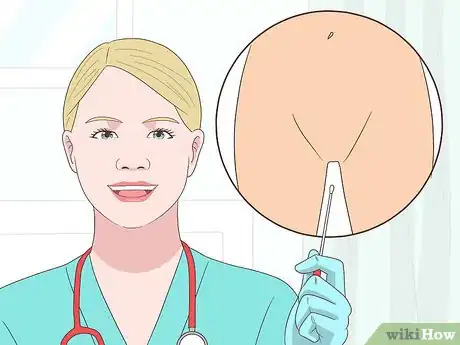
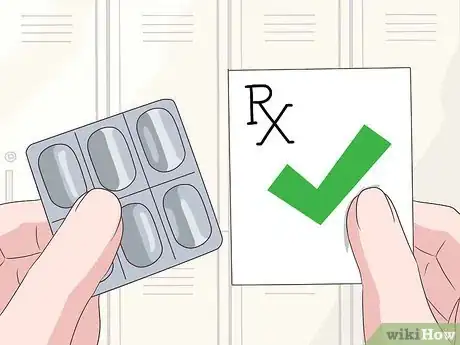

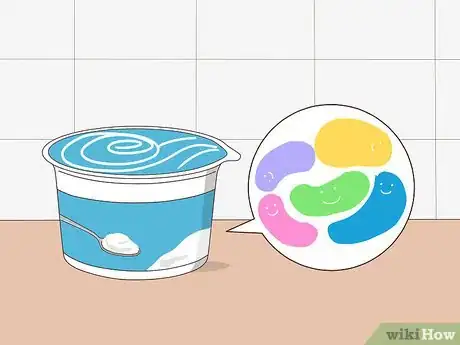





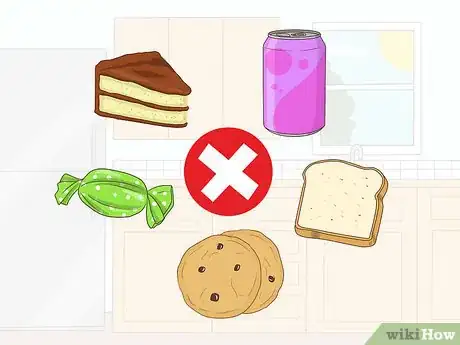
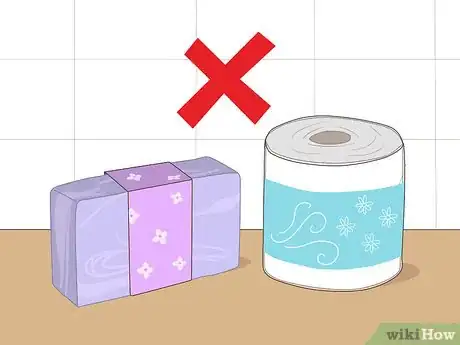


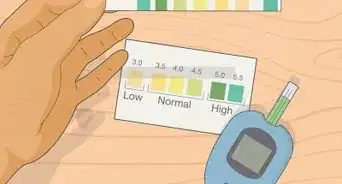
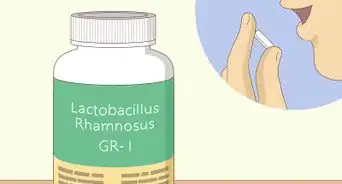



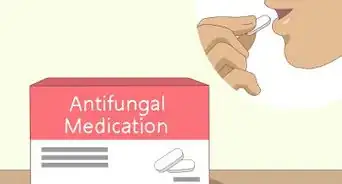
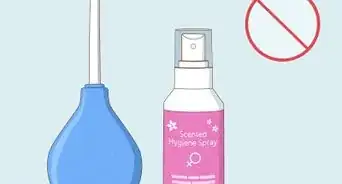
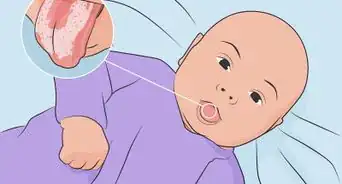













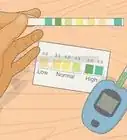
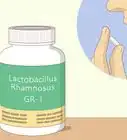



































Medical Disclaimer
The content of this article is not intended to be a substitute for professional medical advice, examination, diagnosis, or treatment. You should always contact your doctor or other qualified healthcare professional before starting, changing, or stopping any kind of health treatment.
Read More...